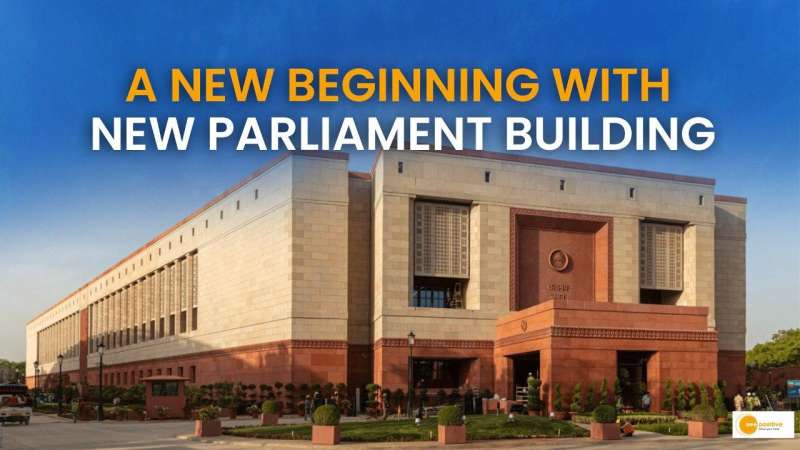The new era has arrived as the new parliament building begins its journey, marked by the historic tabling of the women’s reservation bill.
This bill, which reserves one-third of all seats in the Lok Sabha and state legislatures for women, represents a significant step towards inclusivity.
As the old colonial-era parliament building transitions into a museum, it’s crucial to consider the broader implications of this change for our democracy.
A Historic Inauguration
The smiles and celebrations on the second day of the special session were well-deserved.
The women’s reservation bill adds a new layer of historic significance to the inauguration of the new parliament.
This legislation not only sets the tone for inclusivity but also acknowledges the persistent need for gender justice.
From Seed to Harvest:
The journey to passing the women’s reservation bill has been a long and arduous one. It began with sowing the seeds of change, and now, it’s ready for harvest just ahead of the next Lok Sabha polls.
The new parliament building, spanning an impressive 65,000 square meters, offers more space and potential for additional seats after delimitation.
This expansion addresses a contentious issue in the South, making room for growth.
A Transition of Identity:
Part of the Central Vista project, the new parliament building symbolizes a shift from colonial architecture to one that reflects Indian ethos.
The old parliament, with its storied history, will transform into a museum, preserving the memories of significant events in our nation’s legislative journey.
This transition represents more than just a change of location; it’s a transformation of identity.
Role of the Old Parliament:
The old parliament building holds a special place in our collective memory. It witnessed pivotal moments in Indian history, from the Constituent Assembly debates to Jawaharlal Nehru’s iconic “tryst with destiny” speech.
It was where leaders made crucial decisions, from Indira Gandhi’s liberation of Bangladesh to the introduction of economic reforms by Narasimha Rao and the landmark goods and services tax under Narendra Modi’s leadership.
The Central Hall’s Importance:
One of the cherished features of the old parliament building was its Central Hall, a place where journalists had easy access to leaders and where lawmakers from diverse ideological backgrounds could meet informally and negotiate solutions to complex issues.
It fostered a sense of unity and compromise in politics, making it “the art of the possible.” Unfortunately, this privilege was later withdrawn, leaving a void.
Looking Ahead:
As the new parliament building becomes part of Prime Minister Narendra Modi’s legacy, it’s essential that this transition extends beyond the physical realm.
We must strive for a mental transition where lawmaking becomes more inclusive and less partisan. Inclusivity is not too much to ask for; it’s the cornerstone of a thriving democracy.
The new parliament building symbolizes a new beginning for Indian democracy, marked by inclusivity and progress.
As we bid farewell to the old structure and its rich history, we must ensure that the values it stood for – compromise, unity, and the art of the possible – continue to guide our lawmakers in the new setting.
This historic moment offers an opportunity to shape the future of our democracy in a more inclusive and collaborative way.




